Positano is famous for its stunning beaches, colorful buildings, and—let’s be honest—its endless stairs. When I first rolled into this Amalfi Coast gem, locals immediately warned me about the town’s vertical layout.
Climbing the 1,000+ steps down to Positano’s beach is honestly part of the magic that makes this place so special—and unforgettable.
The journey to the beach feels like wandering through a painting that just keeps getting better. Bougainvillea spills over stone walls, tiny shops show off handmade sandals, and now and then the Mediterranean pops into view between the buildings.
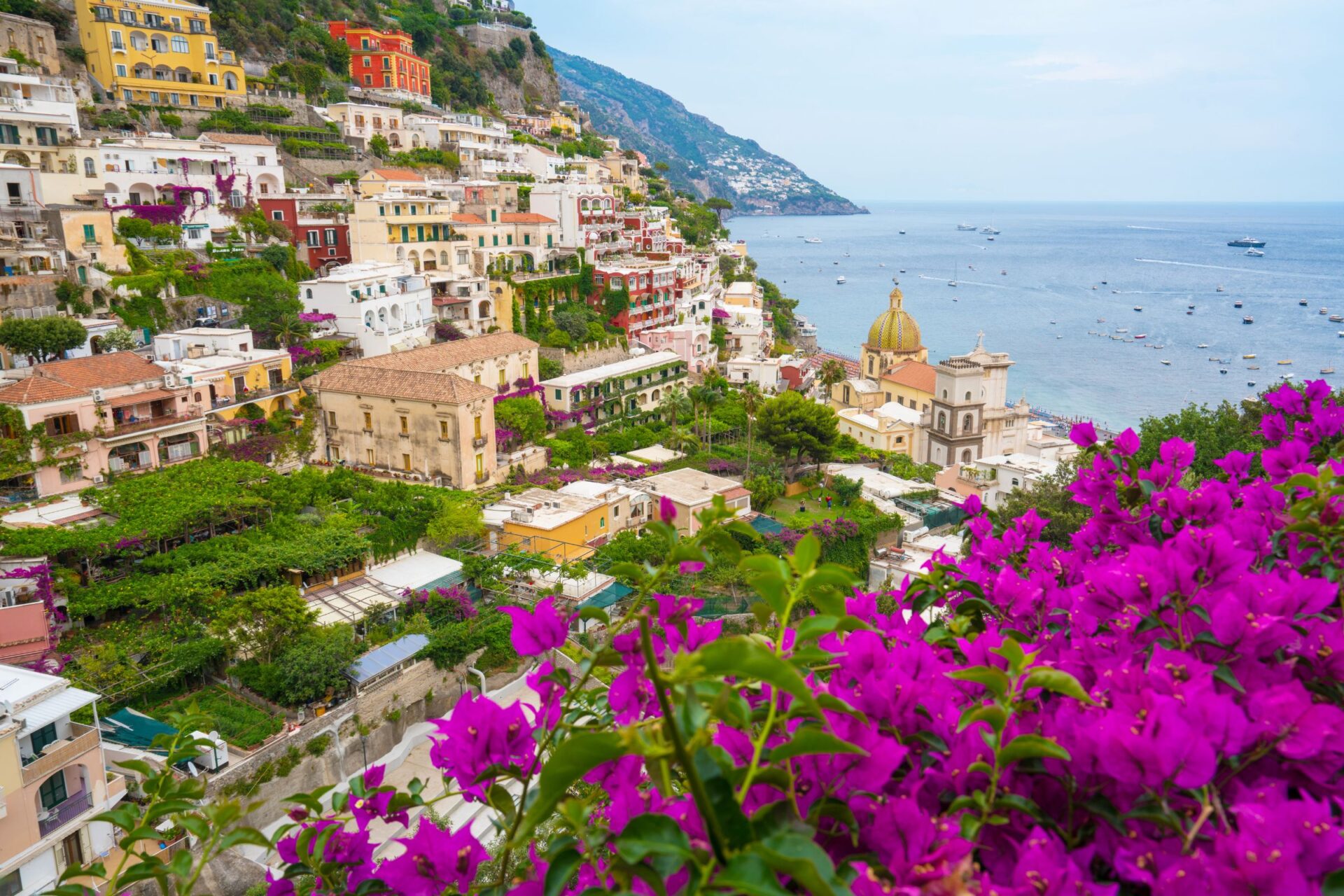
My legs definitely shook a little as I went down, but each landing gave me a new, perfect photo angle of the pastel town clinging to the cliffs.
Don’t let the stairs put you off—experiencing one of Italy’s most breathtaking coastal towns is absolutely worth it. The beach at the bottom rewards you with crystal-clear water, great restaurants that aren’t as pricey as you’d think, and surprisingly fewer crowds than you’d expect.
I totally forgot about the climb as soon as I hit the shore. Honestly, knowing I’d have to hike back up just gave me an excuse for an extra scoop of gelato later.
Discovering Positano’s Iconic 1,000 Steps
Positano’s famous steps are more than just a way to get around—they’re a journey through history, beauty, and that classic Mediterranean lifestyle. As I wandered through this vertical town on the Amalfi Coast, I realized these steps tell Positano’s story.
History of the Pathway
Locals didn’t build the steps for tourists—they used them as their main transportation network. These stone staircases and mule paths date back centuries, connecting hillside homes to the beach and fishing boats below.
Before roads arrived in the 1950s, everyone relied on these steps. Fishermen climbed up and down every day, lugging their catch to the village.
The steps follow the cliff’s natural contours, which explains their winding, unpredictable nature. During WWII, locals used these pathways for safe passage when times got tough.
Many of the steps you’ll walk today have been here for generations, though the town has restored and maintained them for safety.

The Starting Point: Where the Descent Begins
I usually start my trek down to the beach at Piazza dei Mulini, right off the main road. This square sits about 120 meters above sea level and marks the start of the pedestrian zone.
Look for signs that say “Spiaggia” (beach). The first stretch takes you through Positano’s main shopping area, with colorful boutiques and ceramic shops on both sides.
From there, stairways branch out like a spiderweb. The main route zigzags through residential spots, passing private homes with dreamy terraces and lemon trees.
Wear real shoes—I learned that the hard way. Flip-flops are fine for the beach, but they’re not your friend on these ancient, uneven steps.
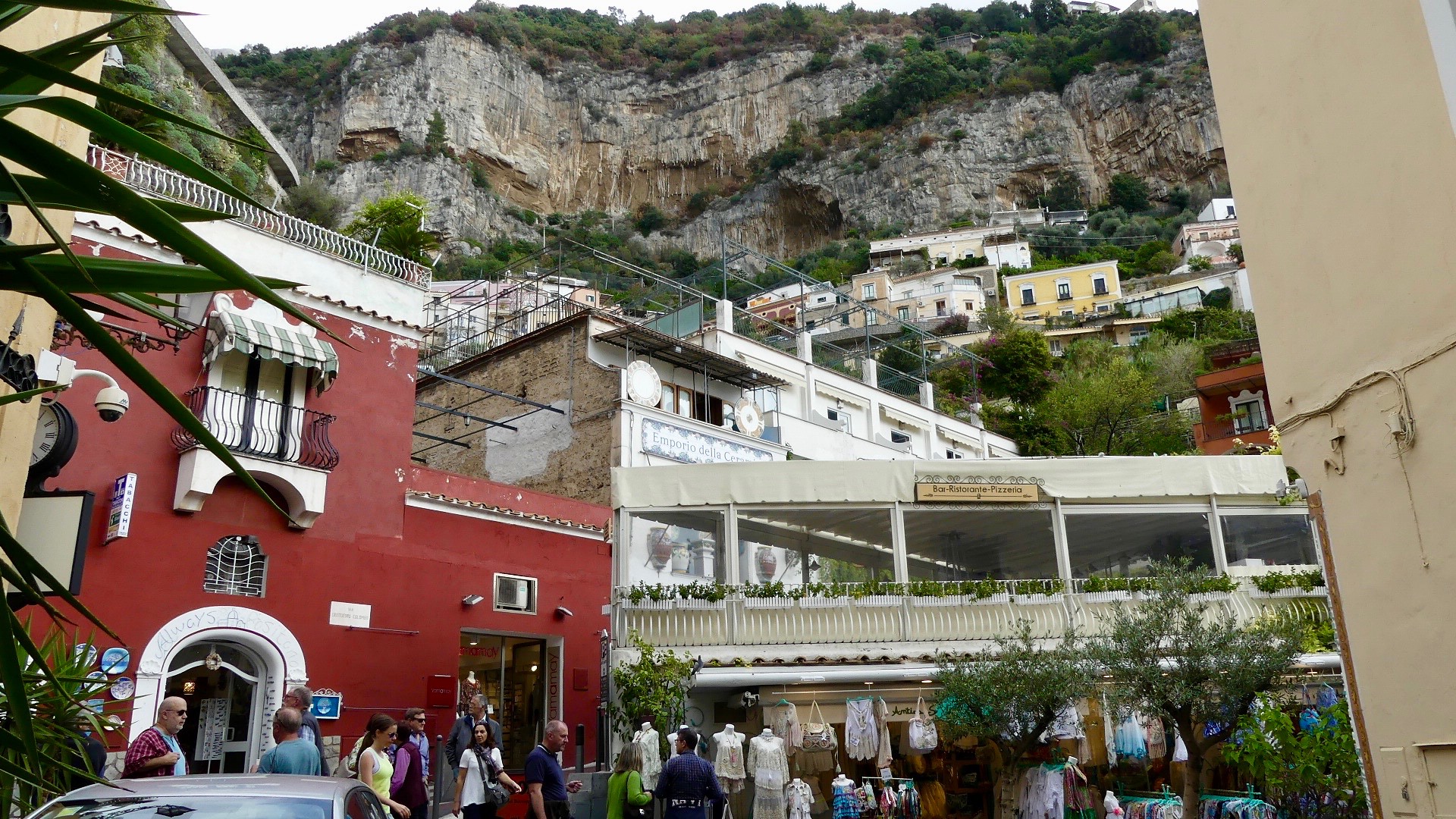
Image Source: Flickr
Taking in the Mediterranean Atmosphere
The descent is more than just a workout. The smell of lemons and bougainvillea follows you, and the sound of the waves gets louder as you go.
About halfway down, I always stop at one of the little cafés perched on the cliff. The view of the Mediterranean stretching out forever is unreal, and seeing Positano’s colorful buildings stacked up the hillside never gets old.
Photographers rave about the “Positano glow”—that special golden light when the sun bounces off the sea and paints the buildings.
Near the bottom, the beach vibe takes over. The salty breeze picks up, and you start to hear the happy noise of people enjoying Spiaggia Grande.

The Descent: A Journey with Breathtaking Views
Heading down to Positano’s beach means taking on about 1,000 steps—but wow, the views you get along the Amalfi Coast are something else. Every turn shows off a new angle of the town tumbling down to the sea.
Unforgettable Sea Views and Panoramas
As soon as I started my descent, the vast blue Mediterranean stopped me in my tracks. The sea view shifts with every step, giving you fresh perspectives that photos just can’t do justice.
On clear days, you can spot Capri out on the horizon. The deep blue water against the pastel buildings creates a scene that’s honestly worth every step.
I was surprised by how the light dances on the water all day. Morning climbs sparkle, while afternoons throw dramatic shadows across the cliffs.
Terrazze, Villas, and Scenic Stops Along the Way
The winding path is full of terraces and old villas that practically beg you to stop. Many restaurants have terrace seating with panoramic views—perfect for catching your breath and a cold drink.
I stumbled on a few family-run villas turned into tiny cafés or viewpoints. They might not be as famous as Villa Cimbrone or Villa Rufolo in Ravello, but Positano’s homes have their own stunning charm.
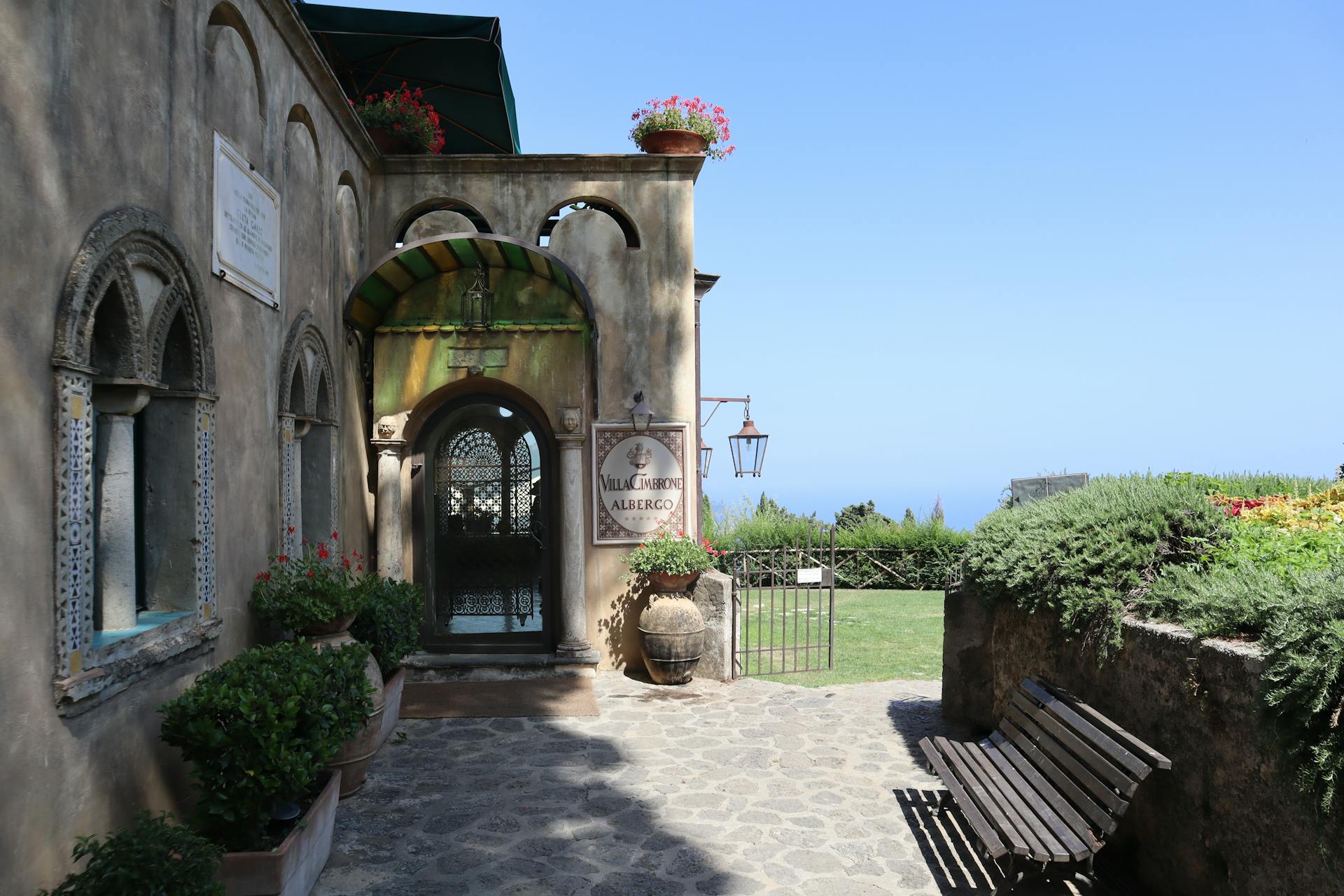
Some favorite stops:
- Bar Buca di Bacco’s terrace – great for a mid-descent espresso
- Le Sirenuse hotel viewpoint – open for photos
- Church of Santa Maria Assunta’s plaza – a natural spot to rest
Photographic Moments You Won’t Want to Miss
Halfway down, there’s this curved stretch of steps where you can fit the whole town into one photo. Sure, there’s usually a crowd, but it’s worth waiting for your shot.
Bring a wide-angle lens if you have one—the vertical layers of Positano are tough to capture otherwise.
Don’t just snap the sea! Look for:
- Bougainvillea spilling over stone walls
- Lemon trees loaded with fruit
- Ceramic shops with colorful displays on the steps
- Local cats sunning themselves along the path
Embracing the Local Culture En Route
The descent is more than just pretty scenery—it’s a peek into daily Positano life. Residents use these stairs every day, carrying groceries and chatting across balconies.
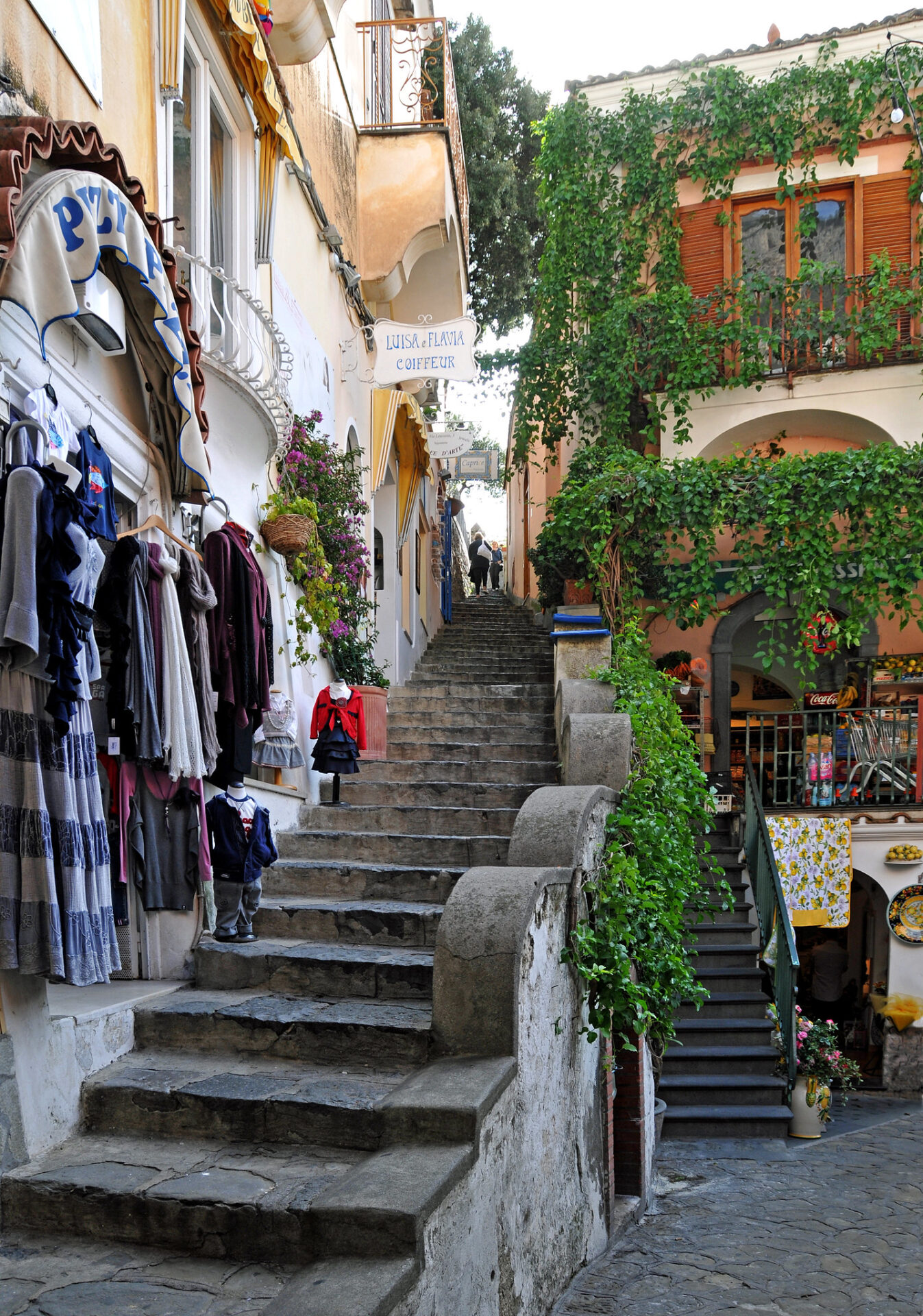
I once got invited to try homemade limoncello by an older woman watering her plants. Stuff like that happens if you’re open to it.
Listen for the mix of languages as you go. Locals shout greetings, while travelers swap tips as they pass.
The steps themselves tell stories, worn down in the center and carefully kept up at the edges. Some sections are centuries old—a real, physical link to Positano’s long history as a town built up and down, not side to side.
Arriving at Positano’s Beach: What Awaits Below
After all those stairs, you finally spot the reward. Positano’s beach welcomes you with its unique charm and a stunning setting tucked between dramatic cliffs.
First Impressions of Spiaggia Grande
As soon as my feet hit the pebbles of Spiaggia Grande, I got why people make the trek. The beach isn’t sandy—it’s covered with smooth, dark pebbles that shine when they’re wet.
The shoreline runs about 300 meters, framed by those iconic pastel buildings that look like they’re glued to the cliffs. In summer, it gets busy, but even then, the atmosphere is something special.
Bring water shoes if you can—the pebbles aren’t the most comfortable. Still, the crystal water makes up for it. The deep blue fades to turquoise near shore, and honestly, no photo does it justice.
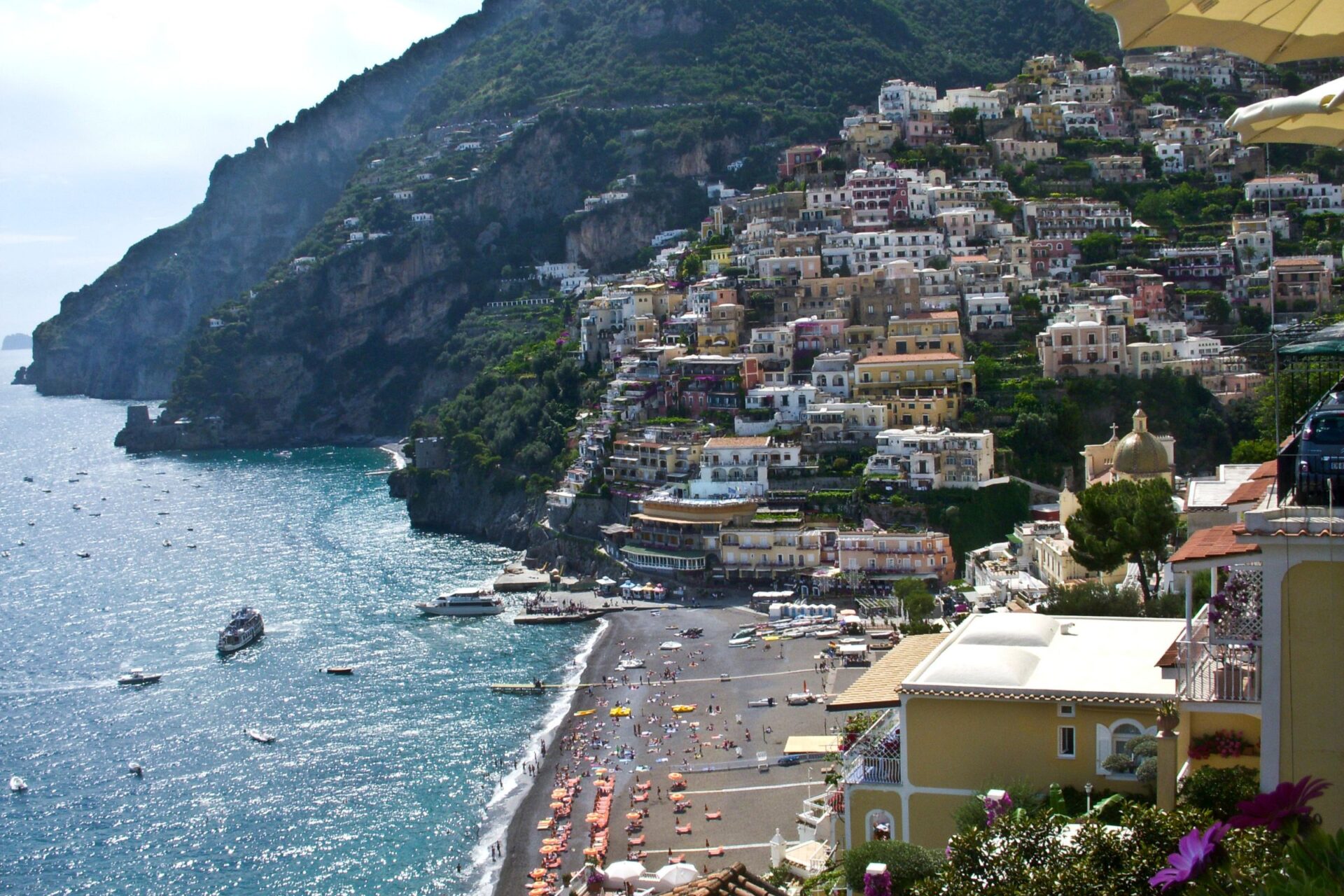
Facilities and Comfort by the Sea
Most of Spiaggia Grande is run by beach clubs, and they make things comfy. You get:
- Beach loungers and umbrellas (€15-25 per person, depending on the season)
- Changing rooms and showers (usually kept clean)
- Restrooms (free if you’re using the club)
Arienzo Beach Club felt especially welcoming—service was on point. There’s a public beach section if you’re on a budget, but it fills up fast, so get there early.
Some hotels have their own beach access. Hotel Buca di Bacco, for example, includes beach access in the room price. Facilities stay clean, and staff keep the beach spotless despite the crowds.
Value for Money: Beach Clubs and Amenities
Beach clubs aren’t cheap, but you get more than just a chair. Most include:
Beach Club Price Comparison:
| Club Name | Lounger+Umbrella | Includes | Extra Perks |
|---|---|---|---|
| Da Adolfo | €20 | Towel service | Free boat shuttle from pier |
| La Scogliera | €25 | Water bottle | Restaurant discount |
| Fornillo | €18 | None | Quieter setting |
Food service to your lounger is standard. I ordered a Caprese salad and lemon spritz—they showed up fast, but expect to pay a premium (€15-25 for simple dishes).
The real value is the experience: attentive staff, pristine setting, and the ease of not having to climb the stairs again if you need anything. You can rent kayaks or paddleboards from €15 an hour.
Exploring Beyond the Steps: Day Trips and Nearby Sights
Positano isn’t just about stairs and beaches. The Amalfi Coast bursts with day trips and adventures, all close by and packed with views, history, and culture.
Path of the Gods: From Bomerano to Nocelle
Hiking the Path of the Gods (Sentiero degli Dei) is a must if you’re in Positano. This trail runs from Bomerano to Nocelle and gives you some of the most jaw-dropping views on the coast.
The hike is about 7km and took me 3-4 hours with photo stops. The path hugs the mountain high above the sea, revealing sweeping views of the Mediterranean and tiny villages below.
Arriving in Nocelle, a peaceful village perched above Positano, felt like a reward. From there, you can catch a bus down or walk another 1,500 steps to Positano! Start early—before 9am—to beat the heat and the crowds.
Start in Bomerano for a mostly downhill hike and better forward-facing views.
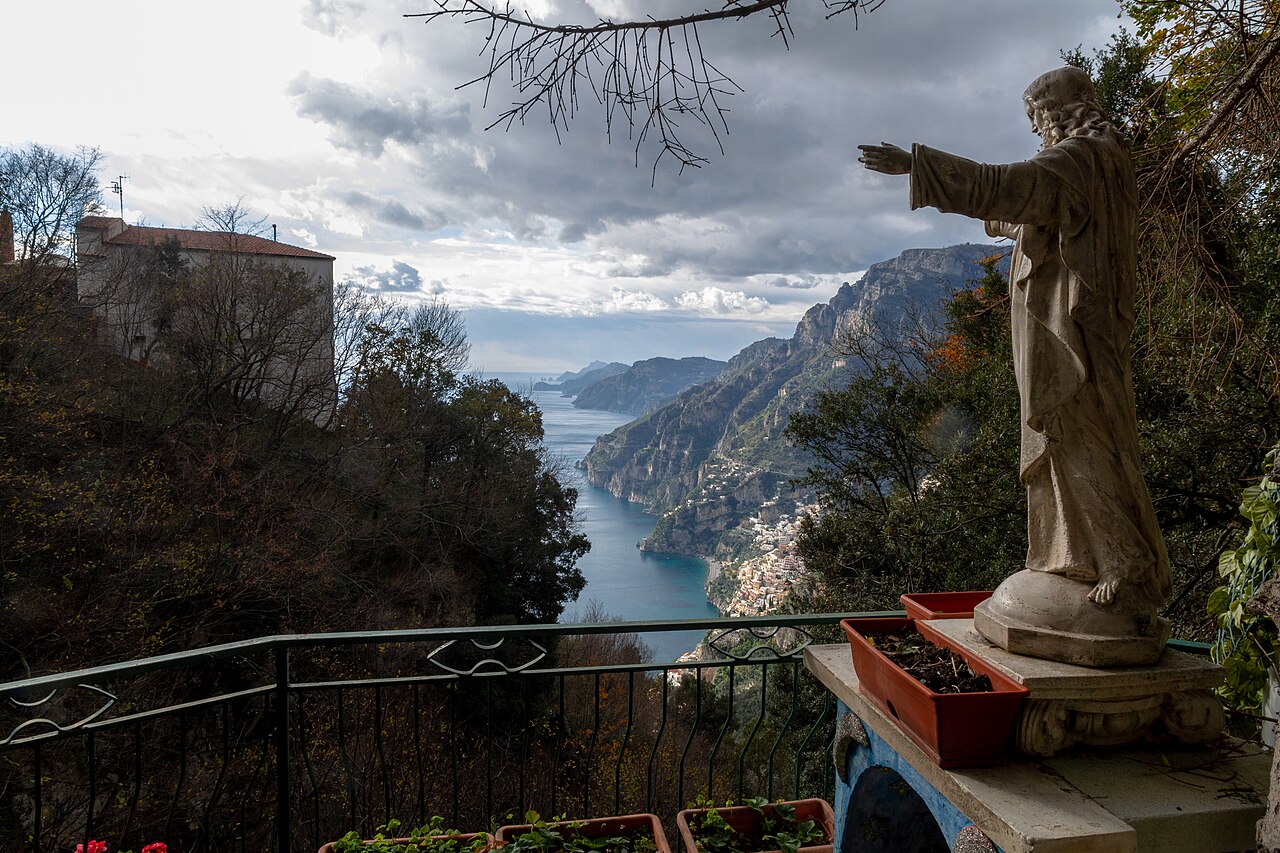
Image Source: Wikimedia Commons
Charming Towns: Ravello, Amalfi, and Sorrento
Ravello won me over with its calm vibe and incredible gardens. Villa Rufolo and Villa Cimbrone have terraces that make you feel like you’re floating above the coast.
Amalfi town is just a 25-minute ferry ride away. The cathedral (Duomo di Sant’Andrea) is gorgeous, with a striped façade. I spent hours wandering the narrow streets and soaking up the seaside atmosphere.
Sorrento, on the peninsula’s other side, feels different. There are lemon groves, a charming old town, and a lively Piazza Tasso. The cliffside views across the Bay of Naples toward Mount Vesuvius are unforgettable.
You can get to these towns by ferry (in season), SITA bus, or private driver. Ferries are the most scenic and least stressful in summer.
Island Adventures: Capri, Ischia, and Procida
I started my Capri day trip with the morning ferry from Positano. The Blue Grotto lived up to the hype, but book a tour early to dodge the crowds.
The chairlift to Monte Solaro gave me wild 360° views. Afterward, I hiked to the quieter Arco Naturale and grabbed a peaceful lunch at a family trattoria.
Ischia surprised me with natural hot springs and the lush gardens at La Mortella. It’s bigger and less crowded than Capri, perfect for a chill day.
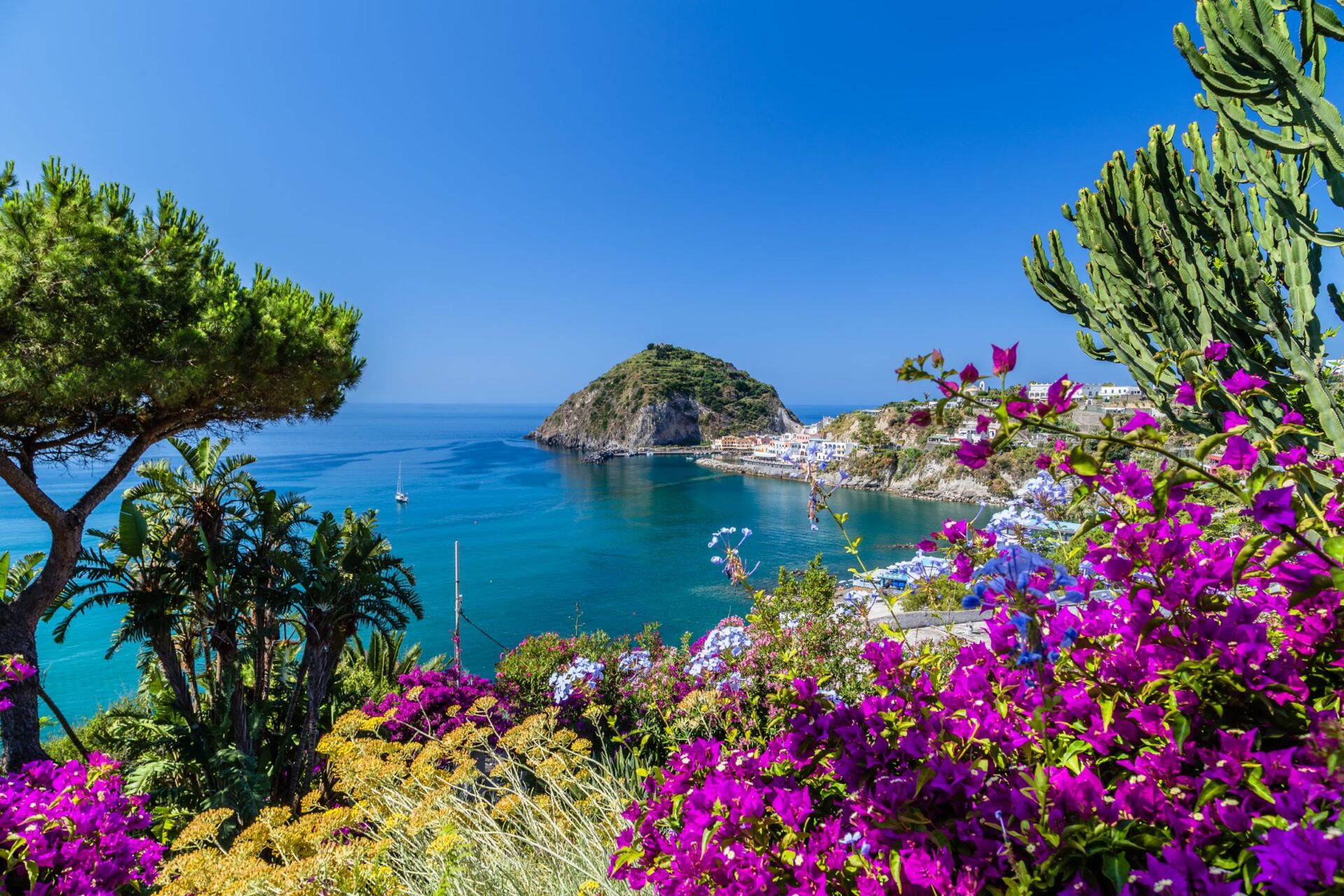
Procida was my secret favorite. This tiny fishing island has rainbow houses, an authentic vibe, and barely any tourists. It takes longer to reach but gives you a taste of coastal Italy untouched by big crowds.
Heritage Sites: Pompeii and Herculaneum
Standing in the ancient streets of Pompeii felt like time travel. The site shows a whole Roman city frozen by Mount Vesuvius’s eruption in 79 AD.
I hired a guide who brought the ruins to life—pointing out ancient fast-food stands, election graffiti, and even the preserved bodies.
Herculaneum is smaller but, honestly, even more impressive. The preservation is better, with wooden beams and bright mosaics still in place. It felt more intimate and gave me a sharper sense of daily Roman life.
You can reach both sites by ferry to Sorrento, then hop on the Circumvesuviana train. Go early or late to dodge crowds and the brutal midday sun. Bring water, sunscreen, and comfy shoes—you’ll be walking for hours on ancient, bumpy streets.
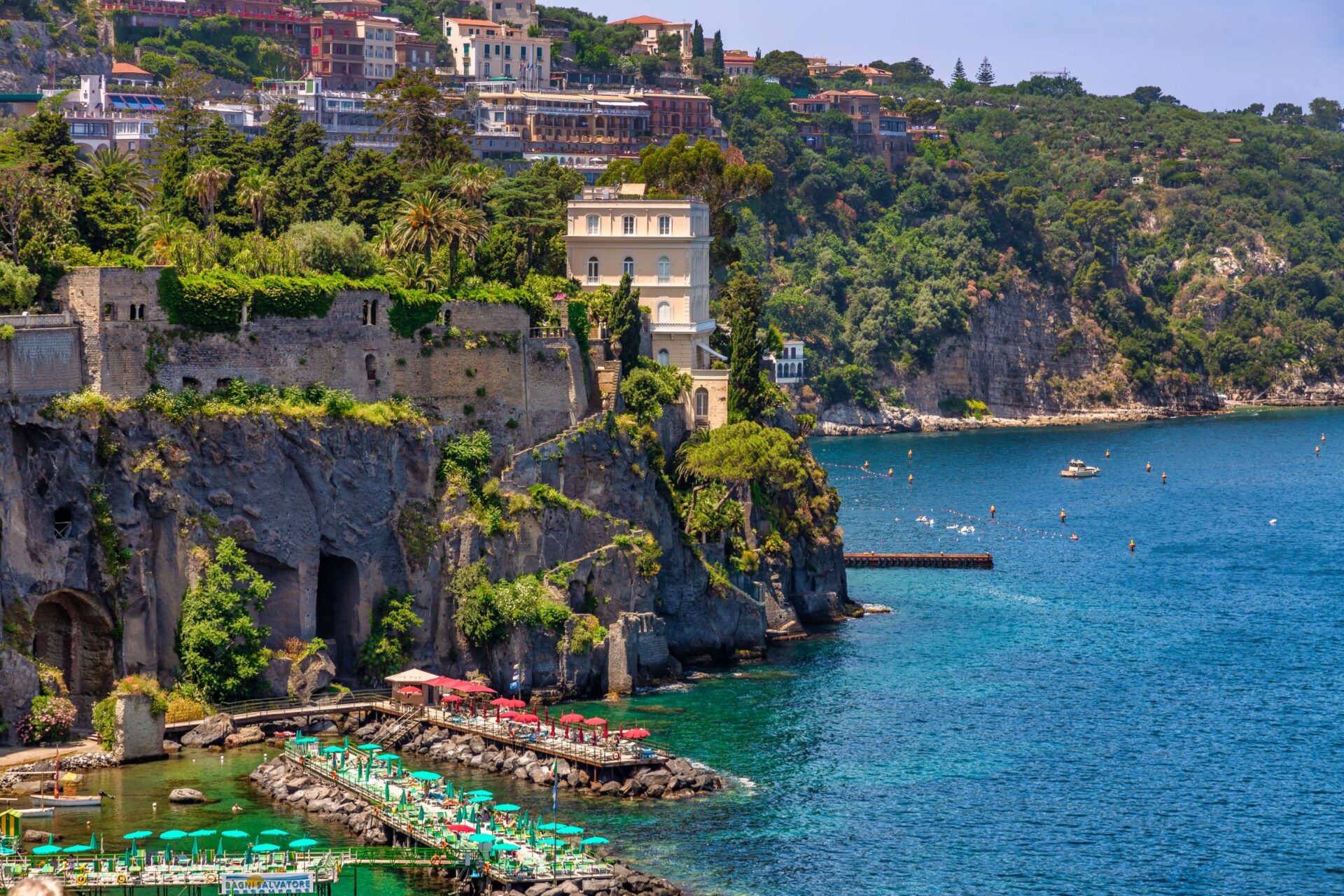
Practical Tips for the Climb and Making Your Trip Memorable
Navigating Positano’s stairs takes a little planning, but the views and memories are completely worth it. Here’s what helped me make the most of the trip down to the beach.
Essential Packing and Comfort Tips
Seriously—pack light and wear real walking shoes! My feet were grateful for sneakers with good grip on those slick stone steps. I saw plenty of tourists struggling in cute sandals.
A small backpack is better than a shoulder bag. You’ll want your hands free for railings or snapping photos. My essentials:
- Refillable water bottle (hydration is key)
- Sunscreen (the sun here is no joke)
- Light hat or scarf
- Small towel for the beach
Weather changes with the season. Spring and fall are comfortable, while summer can get brutally hot with almost no shade. Even in summer, I carry a light layer for cooler evenings.
Go at your own pace. The stairs feel endless, but stopping for the view makes the climb part of the fun.
Transportation: SITA Bus, Circumvesuviana Train, and More
Getting to Positano sets the tone for your trip. I found the SITA bus from Sorrento the most practical, though in high season it’s packed. Buy tickets in advance at tobacco shops or stations—you can’t get them on board.
The Circumvesuviana train connects Naples to Sorrento, then you switch to the SITA bus. It’s a budget-friendly way to see amazing coastal views.

If you get motion sickness (like I do), be warned: the Amalfi Coast road is winding. Sit up front and bring meds if you need them.
Other options:
- Ferry service (seasonal and weather-dependent)
- Private drivers (nice, but pricey)
- Rental cars (parking is tough and expensive)
Once you’re in Positano, your feet are your main transport. There’s a local bus if you need a break from the stairs.
Where to Stay for the Best Experience
Where you stay in Positano really matters. I learned that after booking a gorgeous hotel at the top of town and facing those stairs every day.
Mid-level hotels strike the best balance between views and easy access. Places like Hotel Poseidon or Hotel Palazzo Murat are in great spots—not too high, not too low.
Air conditioning is a must in summer. I always check reviews for good AC, and it’s worth it.
If you’re watching your budget, consider staying in Praiano or Sorrento and making day trips to Positano. The savings can go straight to amazing food or extra adventures.
For families, apartments with kitchenettes are a lifesaver. Solo travelers might like the vibe at small B&Bs—hosts often share great local tips.
Insider Travel Advice and Review Highlights
The best beach time is early morning (before 9am) or late afternoon (after 4pm) when most day-trippers are gone. Morning light is magic for photos.
Don’t skip the upper parts of town. While the crowds stick to the beach, I found quiet corners, local shops, and some of the best restaurants by just wandering higher up.
TripAdvisor reviews rave about Da Adolfo restaurant (you get there by boat). Book well in advance—I didn’t, and I missed out.
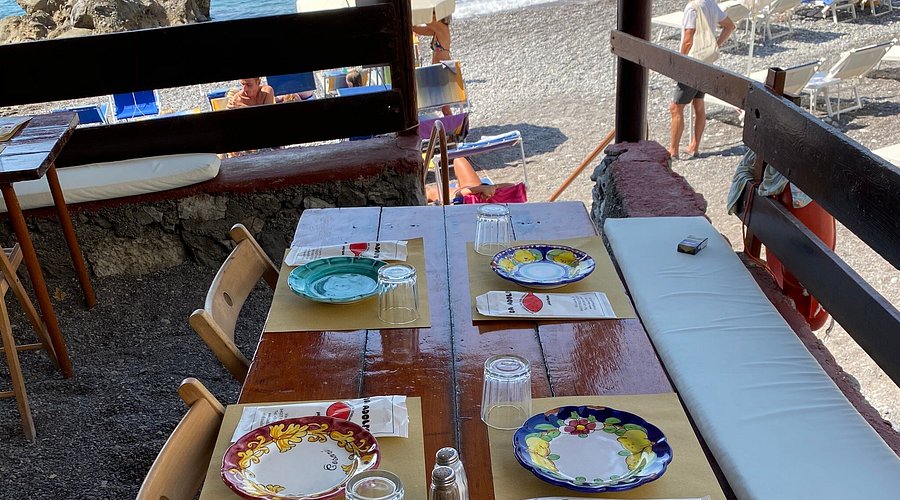
Image Source: Tripadvisor
A few more tips:
- Dinner spots fill up fast—reserve ahead
- Many shops close for afternoon riposo (2-4pm)
- The local bus takes cash only
- Public restrooms are rare; cafés usually want you to buy something
Most importantly, embrace the stairs. They’re not just a challenge—they’re part of Positano’s charm. Those thousand steps reveal hidden views, quirky doorways, and peaceful moments away from the crowds.

